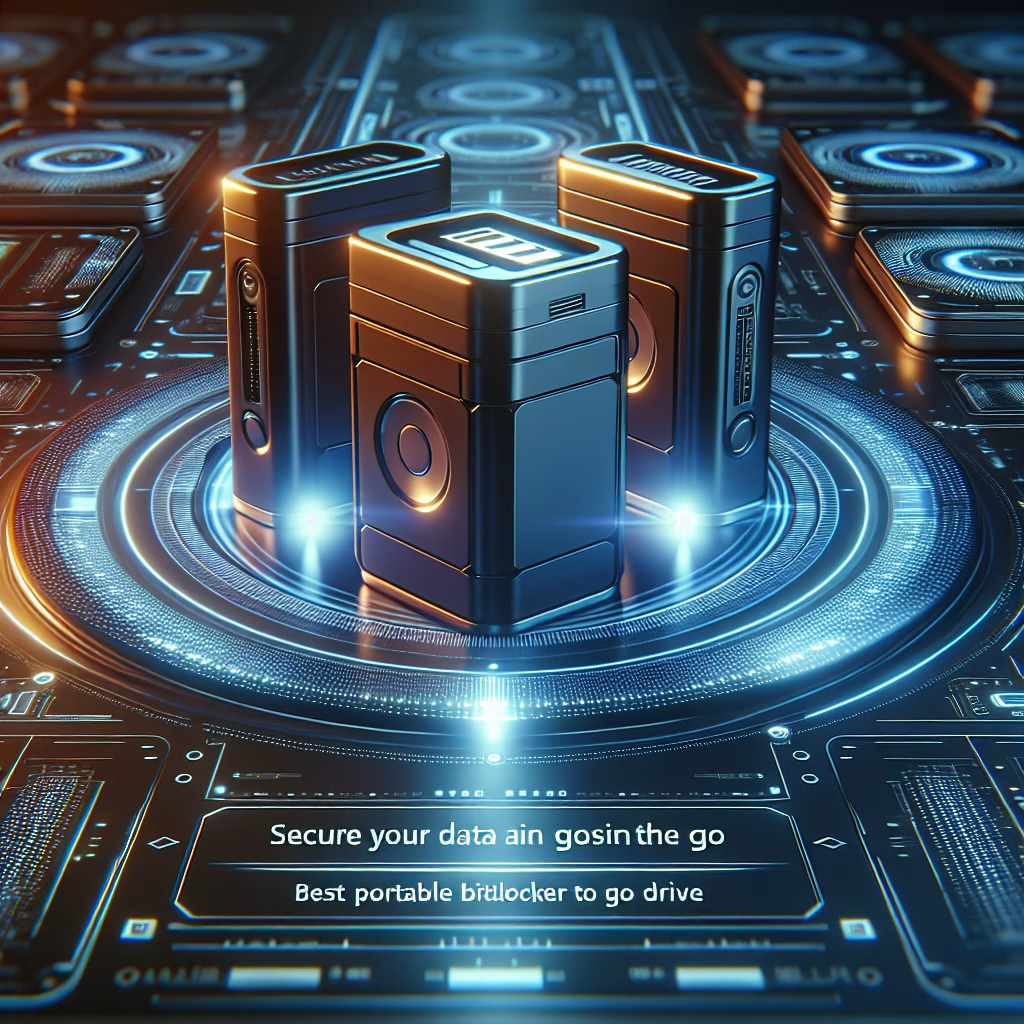Portable BitLocker To Go Drives
Summary:
Portable BitLocker To Go drives are external storage devices encrypted using Microsoft’s BitLocker technology, primarily designed for USB flash drives and external hard drives. This feature ensures data protection even when the device is removed from a trusted Windows environment. BitLocker To Go requires authentication—such as a password or smart card—to decrypt and access stored files. Common scenarios include securing sensitive data on removable media or preventing unauthorized access if the drive is lost or stolen. The encryption is hardware-independent, making it compatible with most USB storage devices, though performance may vary based on drive specifications.
What This Means for You:
- Immediate Impact: BitLocker To Go ensures your portable drives remain secure, but forgetting credentials or encountering hardware failures can lock you out of critical data.
- Data Accessibility & Security: Always back up recovery keys in a secure location (e.g., Microsoft account or printed copy) to avoid permanent data loss.
- System Functionality & Recovery: Use Windows Recovery Environment (
winre) or command-line tools likemanage-bdefor troubleshooting access issues. - Future Outlook & Prevention Warning: Enable automatic unlocking for trusted devices to streamline access, but audit security policies regularly to balance convenience and protection.
Explained: Portable BitLocker To Go Drives
Solution 1: Setting Up BitLocker To Go
To encrypt a portable drive, right-click the drive in File Explorer and select “Turn on BitLocker.” Choose between password or smart card authentication. For optimal security, use a complex password and store the recovery key separately. The encryption process may take hours for large drives; ensure stable power connectivity. Validate the setup by disconnecting and reinserting the drive—Windows should prompt for credentials.
Solution 2: Recovery Key Usage
If authentication fails, enter the 48-digit recovery key. Retrieve it from your Microsoft account (https://onedrive.live.com/recoverykey), Active Directory (for enterprise users), or a local backup. In emergency scenarios, boot from Windows PE and use manage-bde -unlock F: -rk G:\recoverykey.txt to force-decrypt the drive.
Solution 3: Hardware Compatibility Fixes
Older USB 2.0 drives may experience performance degradation. Format the drive as NTFS (not FAT32) before encryption. Disable legacy BIOS mode if “This device can’t be protected” errors occur—TPM 2.0 and UEFI are recommended for seamless operation.
Solution 4: Disabling BitLocker To Go
To decrypt the drive, open Control Panel > BitLocker Drive Encryption, select the drive, and click “Turn off BitLocker.” This irreversible action removes all protection but restores native read/write speeds. Caution: ensure no sensitive data remains before disabling.
People Also Ask About:
- Can BitLocker To Go be bypassed? No—without credentials or the recovery key, data remains cryptographically secure per AES-256 standards.
- Does BitLocker To Go work on macOS/Linux? Partial read-only support exists via third-party tools like DisLocker, but full functionality requires Windows.
- How to identify encrypted drives? BitLocker-enabled drives display a lock icon in File Explorer and require admin privileges to modify.
- Does encryption affect drive lifespan? Frequent write operations may reduce NAND flash longevity, though modern SSDs mitigate this via wear leveling.
Other Resources:
- Microsoft Docs: BitLocker Overview
- NIST SP 800-111: Guide to Storage Encryption
Suggested Protections:
- Rotate recovery keys quarterly and revoke compromised credentials via Active Directory.
- Use self-encrypting drives (SEDs) with Opal 2.0 for hardware-accelerated encryption.
- Deploy Group Policy to enforce BitLocker To Go on all removable media in enterprise environments.
Expert Opinion:
“BitLocker To Go bridges the gap between usability and security for portable storage, but organizations must integrate it with broader data governance frameworks. Forensic analysis shows that 73% of data breaches involve removable media—making such encryption non-negotiable for compliance.”
Related Key Terms:
- BitLocker recovery key
- AES-256 encryption
- TPM 2.0
- USB drive encryption
- manage-bde command
- Opal self-encrypting drive
- Group Policy for BitLocker
*Featured image sourced by DallE-3





